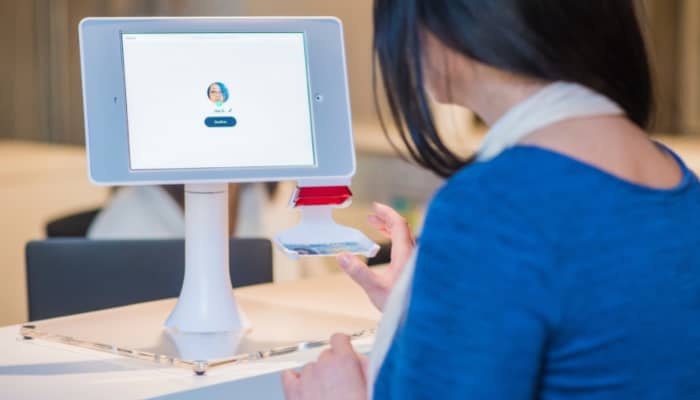Singapore – Around 70% of Singaporeans have adopted carrying a reusable shopping bag as a common practice to cut back on plastic use, a survey from YouGov revealed.
According to the survey, Singaporeans are now taking more drastic steps to reduce the use of plastic in their daily routine as problems with plastic pollution increase.
A top action across all age groups is the carrying of reusable shopping bags, which 70% of Singaporeans have now adopted to cut back on their plastic use. This is followed by using reusable containers for storage (55%), and reusing old plastic shopping bags (52%).
Additionally, reusing takeaway containers for storage (48%), avoiding plastic cutlery (45%), carrying a reusable bottle or cup (44%), reusing plastic bottles for future use (42%), and avoiding plastic straws (41%), are some of the other ways in which Singaporeans are checking their plastic usage.
Interestingly, the survey also showed that baby boomers and GenX are the ones most likely to take all the listed actions as compared to GenZ and millennials.
YouGov’s survey also revealed that Singaporeans largely favour plastic items being banned, with the population being more likely to support than oppose a ban across all the listed products.
Over half of the Singaporean respondents support the ban on drinking straws, disposable coffee cups, and foam egg boxes.
Furthermore, almost half are proposing a ban on plastic bags in supermarkets (50%), takeaway containers (49%), coffee machine capsules, and condiment sachets (47% each).
However, it is worth noting again that the ban on items on the list was supported more by baby boomers, especially when compared to the younger generation.
Based on the data, it shows that boomers and GenX are more likely than the younger generation to reduce the use of plastic in their daily lives.
A part of the reduced and more conscious usage of disposable plastics, especially when shopping, can also be attributed to a regulation passed in 2023 by Singapore, where the country required supermarket operators with an annual turnover of more than S$100 million to charge customers at least S$0.05 for each disposable carrier bag.
A year after the regulations were placed, the survey recorded that more than four in five Singaporeans believed that the rule changed their usage of plastic bags, with one in eight (12%) saying it changed to a very large extent.
Seven in ten residents claim they have started carrying their own shopping bags since this rule was implemented in supermarkets (69%). However, one in eight end up paying extra for disposable carrier bags (13%).
Meanwhile, a small proportion (6%) shared that they have started shopping online instead, while one in ten (11%) reported not experiencing any changes to their shopping behaviour.
Consistent with the data reported by YouGov on the survey, baby boomers are shown to be more likely to carry their own shopping bags, while younger consumers like Gen Z and millennials are more likely than others to pay for a bag or resort to online shopping.
Chi Wei Teo, general manager at YouGov Singapore, said, “It is delightful to see people embracing and making conscious efforts to reuse plastic and to show support for initiatives limiting the use of plastic. As the data shows, the older cohort seems to be taking more responsibility for reducing plastic usage as compared to their younger counterparts. However, there needs to be greater understanding and involvement from youth to build momentum. Not just the government, but companies, brands, and the general public need to create awareness about preserving the environment and adopting a greener lifestyle.”










